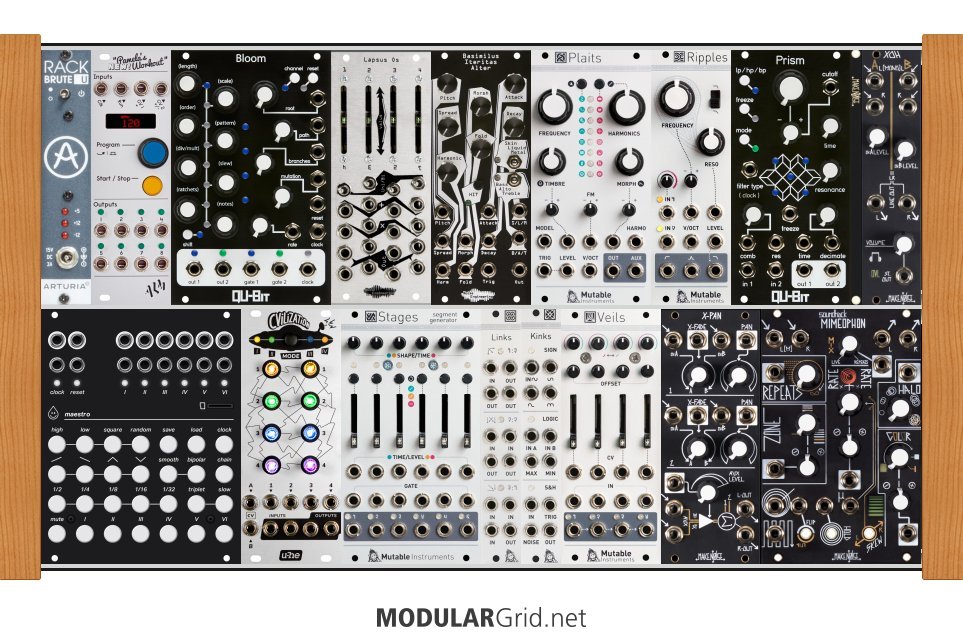don't listen to the newbie!!! he's only been around a year, apart from the part about listening to me, of course!!!
hahha
but seriously some good pointers there from sacguy71!
I don't have any harvestman/ime modules and probably never will have - listen before you buy (as with everything!!!)
Filters are good get these - more than you think you need, variety is the spice of life and you will get more variety from filters than analog vcos, for example - especially as a lot of filters can be oscillators too! but again - listen
the path to finding the sequencer that is for you can be a long and arduous one - and it may be a combination of modules not just one - I have a combination of about 6 or 7 (one of which I'm not keen on but will move to a different location to focus on it a bit more before thinking about getting rid of it) which together make up a complex sequencer - because they all do different things that I need in my sequencer! it's really down to the workflow you want and the functionality you need - not other peoples' workflow and needs
I think at least 25-30% of the rack should be utilities for it to become anywhere near balanced - a decent selection of different things and there is nothing wrong with duplicate - most of my vcas are the same and I have multiple shades for example
Mixers, there are so many too choose from! get a bigger one than you think you need for a final mixer - or an expandable one - I have a tesseract tex-mix 8 mono channels and 4 stereo - which cost less than half of the performance mixer - there are a few features missing, most of which I have anyway - or can patch easily - such as auto-panning if I want it - but it has the advantage that if I want to add an extra 4 channels then I can for relatively little and the direct outs are post-fader and inexpensive and have 1/4" as well as 1/8" jacks if you want that (although you do loose some channels using the 1/4")
"some of the best base-level info to remember can be found in Jim's sigfile" @Lugia
Utility modules are the dull polish that makes the shiny modules actually shine!!!
sound sources < sound modifiers < modulation sources < utilities


